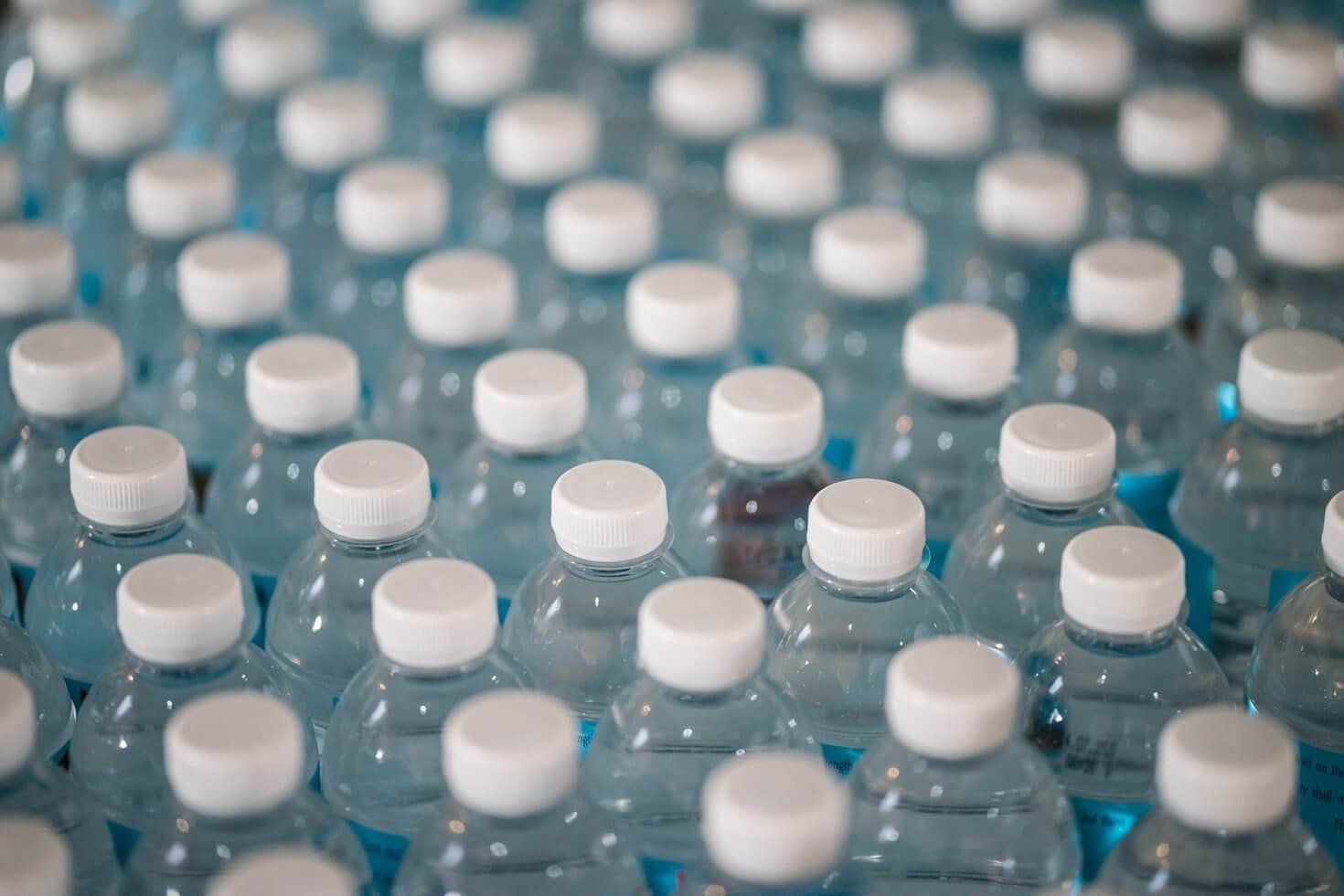How Can We Make Plastic Packaging More Sustainable?
Photo by Jonathan Chng on Unsplash
Reducing plastic waste and improving sustainability are hot topics in the packaging industry. Recycled plastics, bioplastics and biodegradable plastics offer more sustainable options to virgin plastics. But which is the best alternative?
Unfortunately, false assumptions and misunderstandings muddy the waters. Terms don’t always mean what you think they mean. None of which helps when it comes to identifying practical ways to make plastic packaging more sustainable.
Each alternative has advantages and potential disadvantages. And while it would be nice to say ‘x is the best option in all circumstances,’ that’s not really how it works.
Let’s start with two things that anyone outside of the petrochemical industry would agree with. One, it makes sense to reduce the amount of plastic waste entering the environment. Two, it also makes sense to reduce how much petroleum we extract from the ground and process into new materials.
Nothing controversial so far. Now for the practicalities.
How do you fit those objectives into a modern world that has come to rely on plastic packaging? And let’s not forget that plastic packaging has important advantages. It’s lightweight and easy to form. It’s an effective way to protect, preserve and improve the shelf-life of many different products.
The growth of ecommerce has also fuelled demand for air cushioning products made from plastic. More of us are buying stuff online and we expect it to arrive intact.
Recycled, Biodegradable and Bioplastics
Recycled plastics, bioplastics and biodegradable plastics are seen as more sustainable options than virgin plastics produced from petroleum products. But before diving into the potential merits and drawbacks of each alternative it’s helpful to clear up the terminology.
Recycled plastic is the most familiar option. Most of us take part in the recycling process every week when we leave plastic bottles and containers out for kerbside collection. It all works smoothly as long as the recycling channel doesn’t get contaminated with other materials.
The downsides are the costs of sorting and transporting materials for recycling and the fact that some plastics are hard to recycle. But recycling technology is rapidly evolving, which should breed more flexibility and lower costs.
Bioplastics
Bioplastics are made from plant based materials such as maize, sugar cane or food waste. Their chief advantage is that they don’t rely on extracting and processing petroleum.
The term covers a variety of materials with different properties. You might assume that bioplastics are biodegradable - in fact only about 50% are. Similarly, some can be recycled and some can’t. You have to know which bioplastics you are using.
And is growing plants to make plastic really the best land use in some parts of the world?
Saying that you use 100% bioplastics doesn’t automatically produce a sustainable packaging solution.
Biodegradable
Biodegradable plastics can also be misleading. The key question is: biodegradable under what conditions? Conventional plastics can take hundreds of years to decompose. Biodegradable plastics decompose more quickly under the influence of bacteria, fungus or factors such as temperature or humidity.
There’s no standard definition of the process or how long it should take. Many don’t decompose any faster than conventional plastics if they are dumped in the sea (please don’t do this).
Biodegradable plastics must be exposed to the atmosphere to decompose. Some break down into small microplastic fragments that dissolve slowly and are almost impossible to remove from the environment. Depending on the material, the decomposition process can also emit greenhouse gases.
Again, not a guaranteed slam dunk for sustainability.
Compostable Plastics
And what about compostable plastics? To be classified as compostable, products must meet the European Standard EN 13432. This doesn’t necessarily mean you can throw them on your compost heap at home and expect them to break down. Unless they’re specifically labelled as ‘home compostable’ they need a high-temperature industrial process to decompose.
Recyclable plastics also have complications. Waste has to be sorted carefully to segregate different types of plastic. The stream must be kept uncontaminated by non-recyclable materials (including some bioplastics). These factors probably explain why only a fraction of potentially recyclable plastics currently get reprocessed.
None of this should put you off. There’s every reason to explore and use more sustainable options for plastic packaging. Better understanding of recyclable, biodegradable and bioplastics will help you make better choices and implement more effective waste handling processes.
The important thing is to be well informed and talk to someone who can explain your options.

